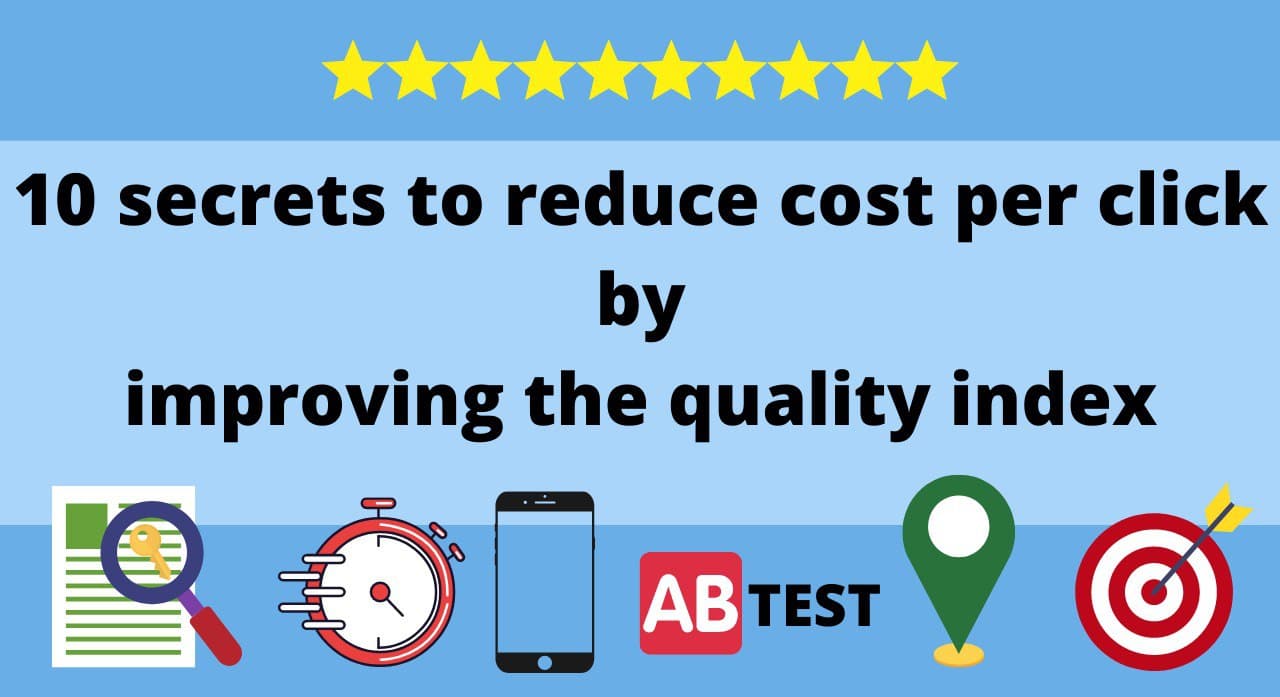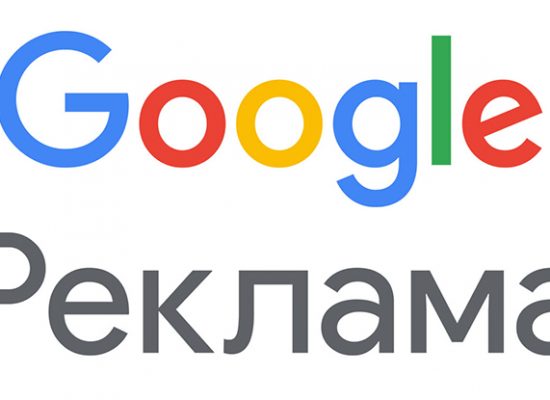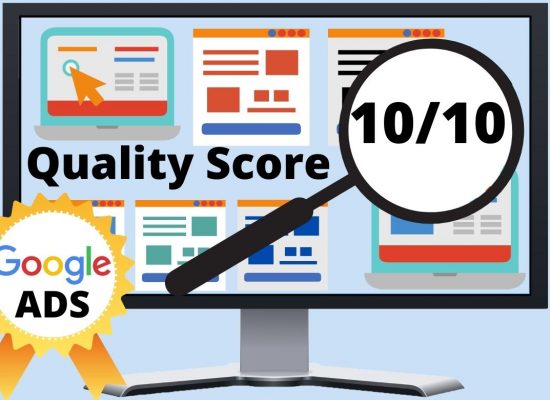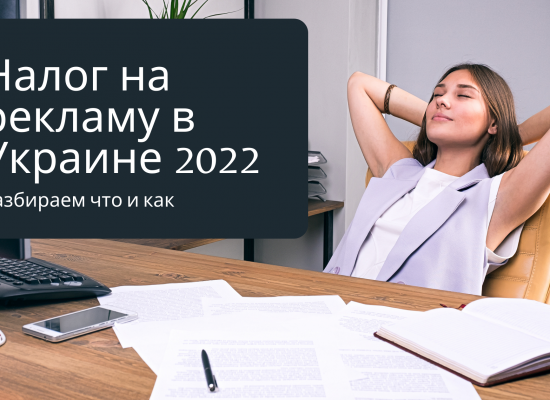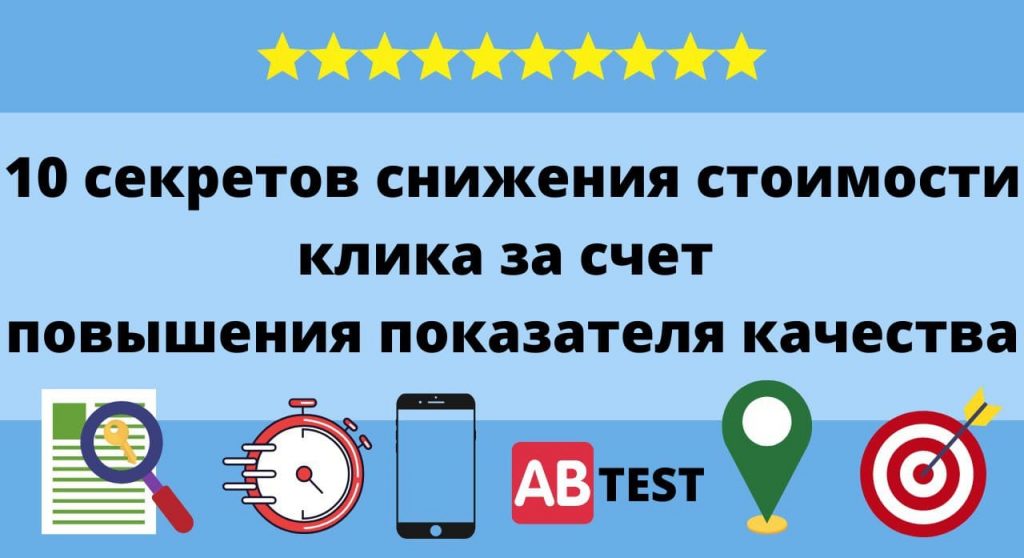
How to reduce the cost per click in contextual advertising, while increasing sales? This tool helps Google - "Level of quality". It determines how web pages meet the needs of the audience and how much it will cost users to go to the site.
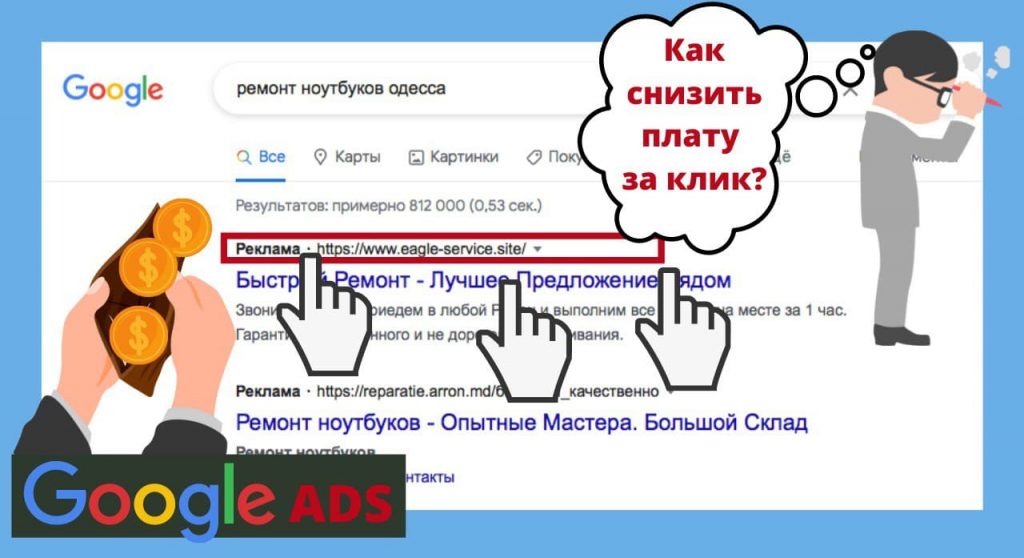
What determines the cost per click in an ad?
Although the rate varies depending on the competition in the business niche, topics, geolocation of the company and its audience, the Quality Score lowers or raises the CPC for all advertisers.
The search engine ranks ads and websites on a Quality Score from 1 to 10, with 10 being the highest score with the lowest CPC.
To see the current results for your ad, add the "Quality Score" line item to your Google Ads report.
Forming the result, Google takes into account 3 factors:
- Click through rate (CTR)
- Ad relevance.
- Site quality.
Let's look at a few secrets of how to work with these indicators. Online marketing professionals use them to contextual advertising price decreased and conversion increased.
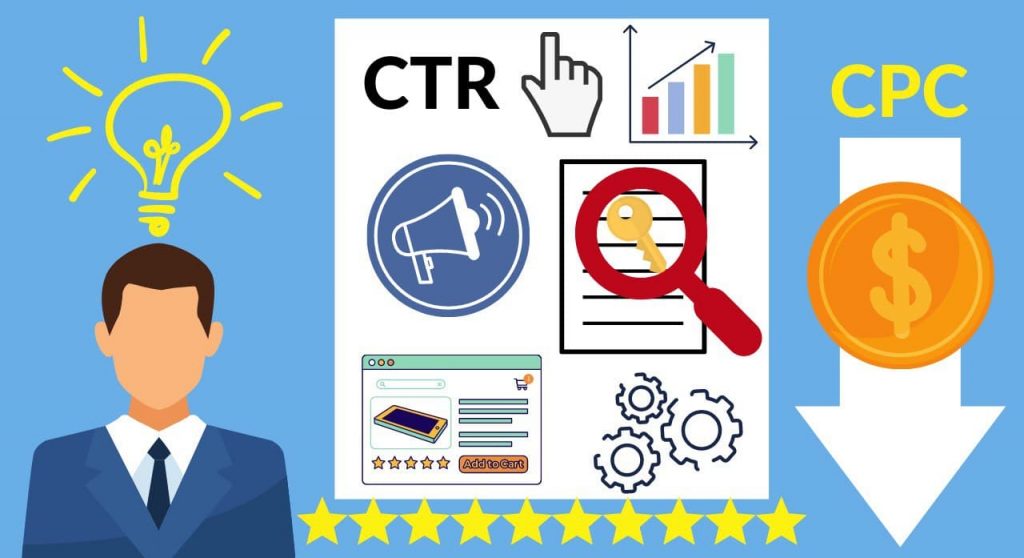
Increase CTR and ad relevance
The click through rate (CTR) measures how often users click on a link in relation to the number of impressions. Relevance score affects the search phrases for which a web page will appear in the SERP. If the ad is configured correctly, it will only be visible to potential customers. The budget will not merge into “empty” clicks of those who were looking for something else, but the system gave them this result.
Use keywords
The audience itself suggests how to properly set up ads by entering queries in the browser search bar. Keyword Planner keeps track of them and builds them into lists.
These phrases are used when advertising in Google Ads. The system determines the relevance of content by keywords in titles, in text, and even in image filenames. So she chooses the audience to whom she shows ads. When a campaign is active, the Google Ads search terms report can help you track and eliminate ineffective queries.
Specify negative keywords
These are phrases that may cause ads to be shown to an audience that is not interested in buying goods or services. For example, a company sells smartphones. Requests “smartphone repair”, “used smartphones”, “souvenir smartphones” do not correspond to the tasks of the enterprise. Negative words that exclude - "repair" and "used", "souvenirs".
Apply geotargeting
By setting up the display of ads only for the territory in which the company operates, it will be possible to reach the desired audience and not spend money on clicks from other regions. Including the name of a locality or region in the title or text also helps your ad appear in SERPs for that locality.
Extensions
This is additional information that can be specified in the ad: rating, product availability information, price, phone number of the manager, etc. The user does not have to click to find out what he is most interested in about the product. This reduces the number of clicks for the sake of "just to look" and attracts buyers.
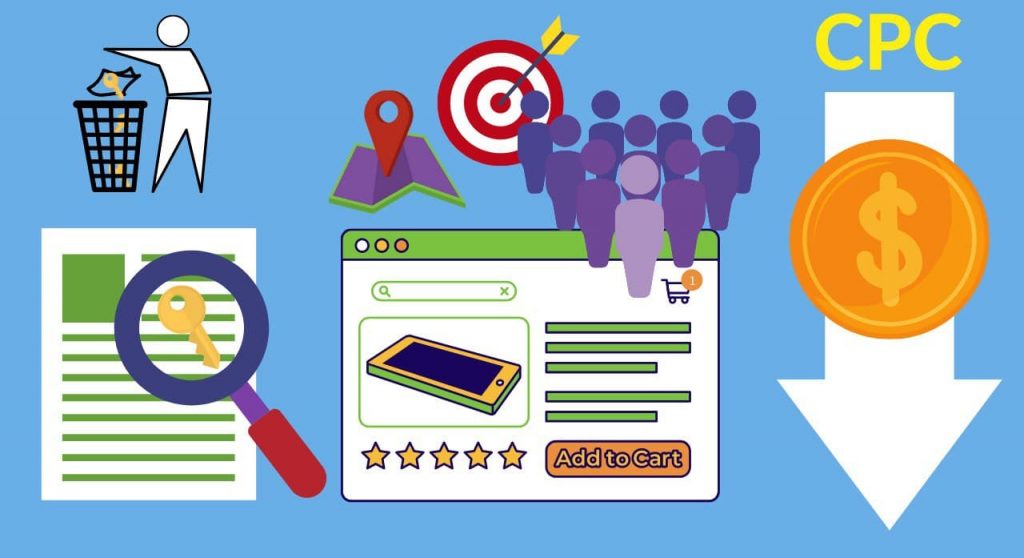
Improve landing page quality
Attractive design, clear and easy navigation, content that solves user problems, increase the quality score and reduce the cost of a click, encourage visitors to become customers. Let's look at a few areas that increase the effectiveness of advertising.
Link in a paid ad
Users who click on a PPC ad at the top of a SERP are 50 % more likely to complete a purchase than those who find that site in organic search (MOZ).
Advertising should direct directly to the product, and not to the main page of the online store. Then it is convenient for the client to immediately learn more about the product and place an order. Unfortunately, there are still links that lead just to the main page. It is unlikely that the visitor will search the catalog on the site for the product he needs.
A/B testing
Microsoft increased revenue by 12 % in just a few hours by changing the headline in an ad. A / B testing showed which option attracts the audience (NotifyVisitors).
It is advisable to check separately for each element of the ad. By applying the winning options, it will be possible to optimize its design and content as much as possible.
Content
38% visitors will leave the site if the content and appearance of web pages are unattractive (GO-Globe).
The visitor keeps their attention on the title and description, showing that there is what they are looking for. He is attracted by a profitable offer, a call to action prompts him to click. By clicking on the link, the visitor sees attractive images, finds comprehensive information about the product and orders it in one click.
usability
A good user interface can increase a site's conversion rate by 200 %, and its best version can increase by 400% (SmallBizGenius).
The clear structure of the online store, page blocks placed in a logical sequence, buttons located in a convenient place - all this affects the visitor's impression of the site. If he gets lost on the page, looking for the right element for a long time, it’s easier to go to competitors than to waste time and nerves.
High site speed
Web pages with a load time of 2 seconds or less have the highest conversion rate (Portent).
Nearly 70 % consumers confirmed that the speed of loading pages of an online store affects whether they buy a product (Unbounce).
Having worked out the technical side of the site, it will be possible to make it faster. For this:
- Compress the image and video to reduce the weight of the content.
- Apply caching.
- Simplify JavaScript and CSS code.
- Reduce the number of requests, etc.
Adaptive design
Mobile devices now account for 65% of the time we spend online, counting both browsers and apps (IAB Interactive Advertising Bureau).
As of January 2021, 4.32 billion people accessed the Internet from mobile devices - 92.6 % of the total number of users of the World Wide Web (Statista).
Google keeps track of whether the page adapts to mobile devices. This is one of the ranking factors. The perfect design and content of an ad or landing page is useless if the image doesn't adapt to different screen sizes. When the blocks are partially visible and a horizontal scroll bar appears, this annoys users and they leave the site.
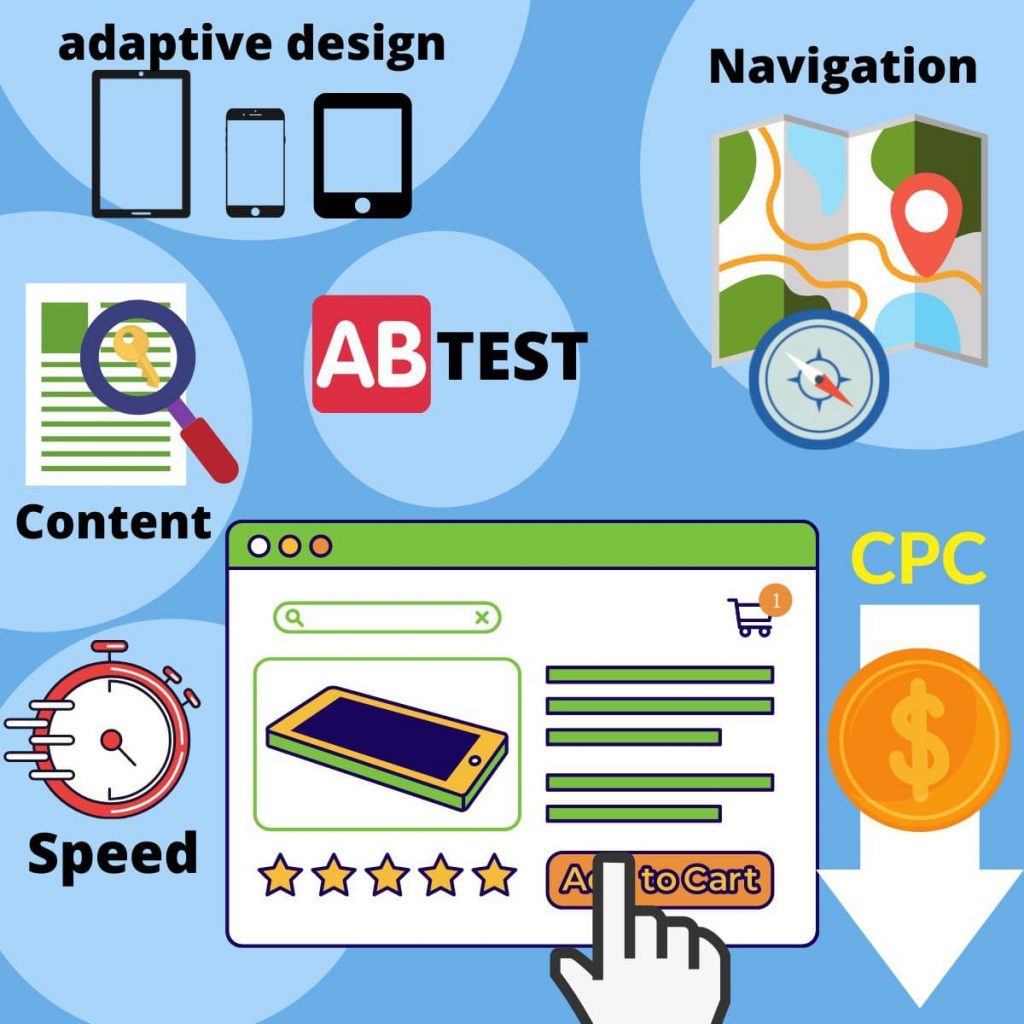
Comprehensive work on web pages and an advertising campaign increases the quality score and reduces the cost per click. The conversion increases, which increases the profit. Turn to professionals to quickly reduce the price of contextual advertising and get a steady increase in sales.




